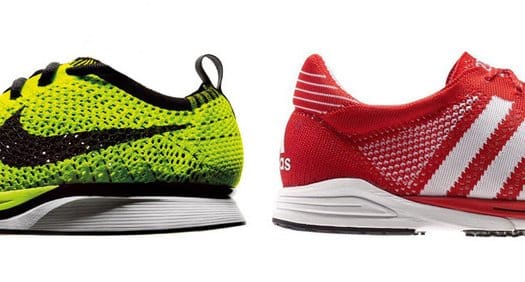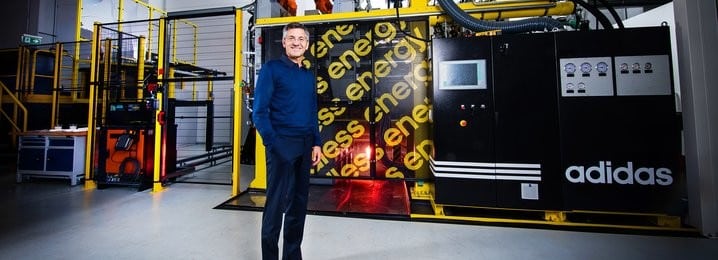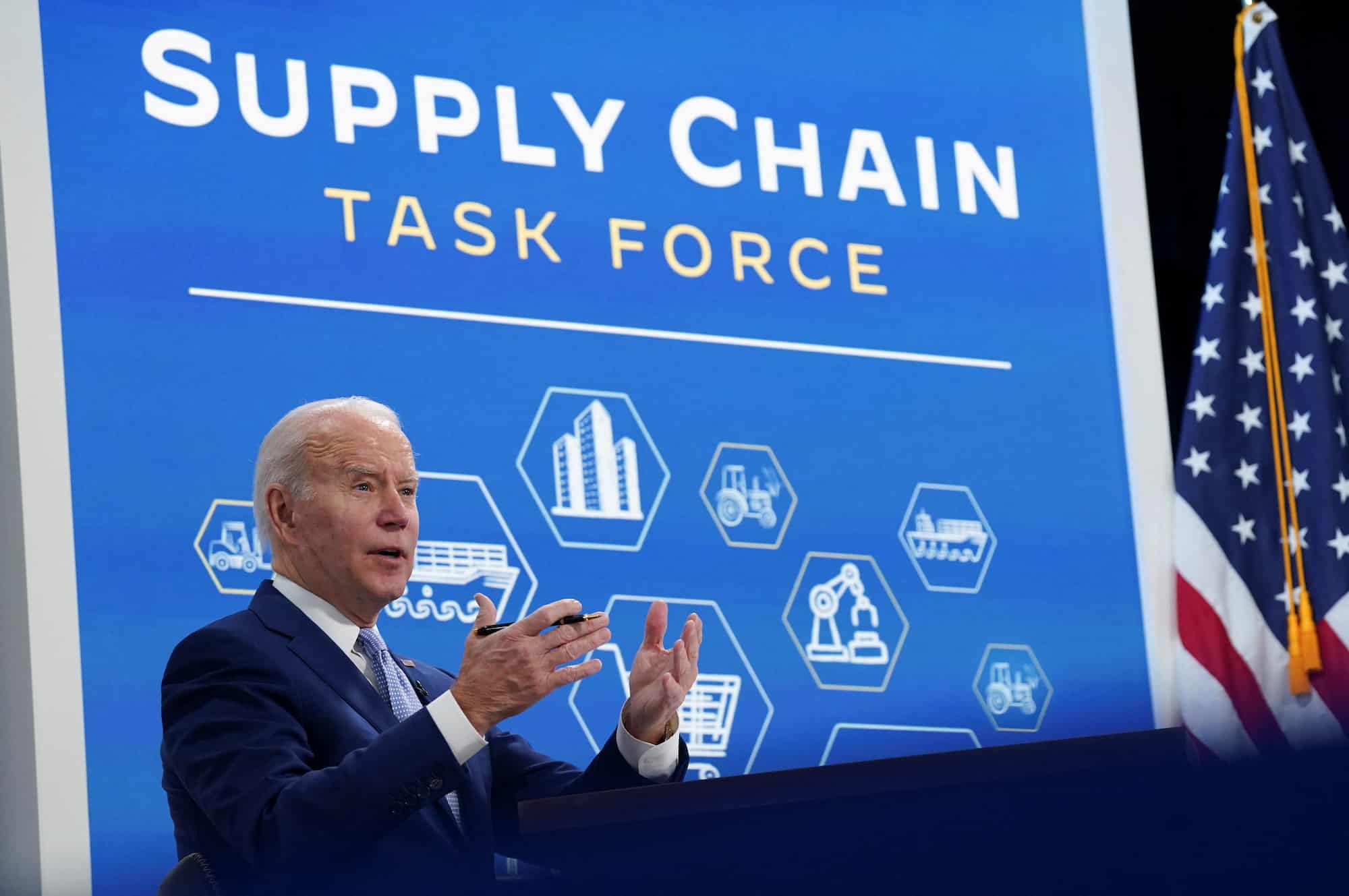
How do Adidas and Nike consider a 15% sales growth by boosting their Supply Chain?
Soon your custom Stan Smith or Air Jordan pair delivered in 24 hours?
For decades, designing sneakers has been done the same way. From design to sale, we have yet to experience a revolution that has reversed market trends.
Get ready, it’s not going to last.
Nearly 20% of the production of Nike Inc. and Adidas AG shoes will move to much more automated and ultra-fast factories by 2023, Morgan Stanley Bank predicts … Most of these factories will be owned by the brands and will be located close to the customers. The era when the entire industry relied on subcontractors located in emerging countries will partially come to an end.

Are you familiar with fast food?
A faster Supply Chain will enable the sports footwear sector to catch up with the “fast-fashion” train of which Inditex (Zara, Bershka, Pull and Bear, Massimo Dutti, Stradivarius, etc.) is the best ambassador. Are you familiar with fast-food restaurants? Well, fast-fashion is a little bit the same thing: producing and distributing collections that are constantly renewed in record time.
The reasons for this change?
- The logical consequence of the impact of e-commerce and the changing behavior of consumers who are becoming adept of “buy now / wear now“.
- To cope with Amazon, which compresses its delivery times to the maximum and accustoms its consumers to being delivered in record time. Avoiding having to go through this e-commerce “monster” is key to maintaining control of sales and maximizing margins.
The expected benefits?
Analysts estimate that these changes in Supply Chain will reduce the time to market from 18 months to 4 months! Products will thus be available to consumers more quickly. Also, it will drastically reduce the sales/price breakdowns that are currently necessary to sell off end-of-season stocks. In the end, Morgan Stanley expects sales growth of nearly 15% as a result of these changes.
Adidas is asserting its ambitions!
This latest news only confirms Adidas’ ambitions and the strategy that follows: to use new technologies to optimize lead times and their Supply Chain.
- In December 2015, the group’s first “Speedfactory” was launched, using “intelligent robotic technology” to make shoes faster and faster.
- In April, the company announced that it would manufacture 5,000 of its Futurecraft 4D shoes with a 3D printed midsole, available from autumn/winter 2017.
- Launch of “click and collect” (ordering on the internet, pick-up in the shop) for its shops in Russia in order to optimize the flow.
By 2020, Adidas expects that half of its sales will be generated from products manufactured with the help of technologies that increase manufacturing speed, allowing stores to turn over stocks faster and thus follow demand trends.
A good omen to serenely prepare the future.

Soon your custom Stan Smith or Air Jordan pair delivered in 24 hours?
For decades, designing sneakers has been done the same way. From design to sale, we have yet to experience a revolution that has reversed market trends.
Get ready, it’s not going to last.
Nearly 20% of the production of Nike Inc. and Adidas AG shoes will move to much more automated and ultra-fast factories by 2023, Morgan Stanley Bank predicts … Most of these factories will be owned by the brands and will be located close to the customers. The era when the entire industry relied on subcontractors located in emerging countries will partially come to an end.

Are you familiar with fast food?
A faster Supply Chain will enable the sports footwear sector to catch up with the “fast-fashion” train of which Inditex (Zara, Bershka, Pull and Bear, Massimo Dutti, Stradivarius, etc.) is the best ambassador. Are you familiar with fast-food restaurants? Well, fast-fashion is a little bit the same thing: producing and distributing collections that are constantly renewed in record time.
The reasons for this change?
- The logical consequence of the impact of e-commerce and the changing behavior of consumers who are becoming adept of “buy now / wear now“.
- To cope with Amazon, which compresses its delivery times to the maximum and accustoms its consumers to being delivered in record time. Avoiding having to go through this e-commerce “monster” is key to maintaining control of sales and maximizing margins.
The expected benefits?
Analysts estimate that these changes in Supply Chain will reduce the time to market from 18 months to 4 months! Products will thus be available to consumers more quickly. Also, it will drastically reduce the sales/price breakdowns that are currently necessary to sell off end-of-season stocks. In the end, Morgan Stanley expects sales growth of nearly 15% as a result of these changes.
Adidas is asserting its ambitions!
This latest news only confirms Adidas’ ambitions and the strategy that follows: to use new technologies to optimize lead times and their Supply Chain.
- In December 2015, the group’s first “Speedfactory” was launched, using “intelligent robotic technology” to make shoes faster and faster.
- In April, the company announced that it would manufacture 5,000 of its Futurecraft 4D shoes with a 3D printed midsole, available from autumn/winter 2017.
- Launch of “click and collect” (ordering on the internet, pick-up in the shop) for its shops in Russia in order to optimize the flow.
By 2020, Adidas expects that half of its sales will be generated from products manufactured with the help of technologies that increase manufacturing speed, allowing stores to turn over stocks faster and thus follow demand trends.
A good omen to serenely prepare the future.






